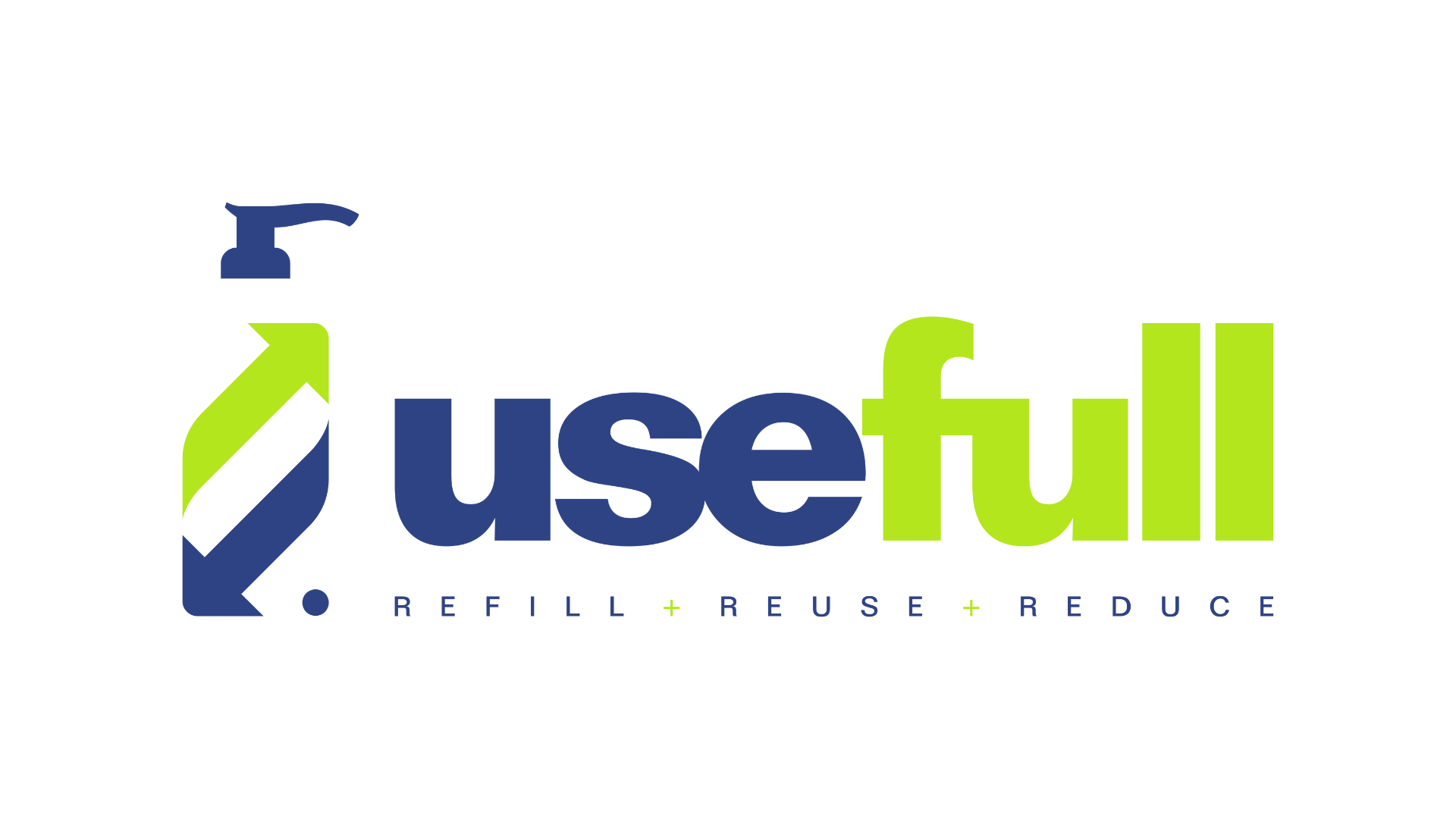March 30 is International Day of Zero Waste, and in honor of the occasion, I’d like to take you through a brief history of zero waste—from its origins as a concept to its emergence as a global movement. I’ll also share why it’s important and what it means for me in practical terms.
For most of human existence, waste wasn’t the huge issue it is today. Before mass production took off after the industrial age, the norm was to buy only what you needed and make things last by fixing, reusing, or repurposing them. Resources were hard to come by and were expensive, so things weren’t overproduced or designed for single use. People also had to deal with their own waste, as landfills and waste management systems didn’t exist. Compare that to today: in many economies, excess is the norm. Factories run round-the-clock churning out products, most of which end up in landfills. And with the advent of plastic—especially single-use plastic—we’ve become a world inundated with items that are used briefly but linger for centuries.
The awareness of waste problems began to build in the 1970s, as people started recognizing the environmental toll of trash accumulation and the rise in awareness about plastic pollution. A chemist named Paul Palmer is often credited for being the first to coin the term "zero waste" to refer to capturing and reusing chemical waste that companies were generating. Advocates and various government and non-profit groups around the world helped spread the idea of reducing waste in the 1980s and '90s. In 2000, the first zero-waste conference was hosted in New Zealand, and various prominent advocates and influencers fueled the zero-waste movement, transforming it from an idea into a lifestyle and, eventually, a global movement. But somewhere along the way, the term “zero waste” became associated with unattainable perfection, a misconception that is still prevalent today.
Before we dive into the concepts of a zero waste lifestyle, let’s talk about why reducing waste is so important – after all, isn't it being handled in landfills and recycling plants? The short answer is: neither are long-term solutions to our massive waste problem. Landfills are complex systems designed to mitigate issues like odor and leaching, but at their core, landfills are essentially vast piles of trash that will sit for centuries. Many landfills in the U.S. are running out of space faster than anticipated, in part due to the increasing volume of waste generated year after year. In the Dallas area, for example, the McCommas Bluff Landfill—which receives most of our area’s trash- was expected to last 50 years in 2015, but it’s now projected to reach capacity in 31 years. As early as our children’s generation, the largest landfill in the state could be full. Yes, we could keep digging new landfills, but then we’re heading straight for a Wall-E scenario.
So, what is zero waste all about? On a personal level, zero waste is about reducing the amount of waste that enters our daily lives. The goal is to minimize sending items to landfills by refusing, reducing, reusing, and recycling (including composting).
On a broader level, zero waste is about systemic change: supporting legislation, pressuring governments to provide eco-friendly alternatives, and encouraging companies to create circular products and packaging.
For beginners and long-time practitioners alike, the journey to a zero waste lifestyle begins with the principle of refusal – refuse to buy or take home what you don’t need. When I paused to consider what I really needed, I was shocked by how much unnecessary stuff I was buying and accepting (giveaways, promo items, etc.). I'm not claiming to live in extreme minimalism or that I never buy things on impulse, but this has been a true shift in mindset that has reprogrammed me to think about the utility, longevity, and eventual disposal of the things I bring into my life. It has encouraged me to invest in quality items that last and to truly appreciate and treasure what I have and own.
The next step is to reduce consumption, particularly single-use items and plastic. Many single-use items can easily be replaced by reusable options. For instance, a set of reusable “zip-lock” bags can replace hundreds of single-use plastic bags, and a well-made reusable razor can last a lifetime, eliminating the need for hundreds of disposable razors.
The third principle is to reuse. Reusing means repairing, repurposing, and upcycling—essentially finding new life for items that might otherwise be discarded. For example, shoe boxes are great for storage, from toys to tools, and individual yoghurt containers make excellent plant starters. The possibilities for creativity and innovation through repurposing are endless.
Finally, if something can’t be reduced or reused, recycling is the last resort. It's important to note that recycling is often not as effective as we think—especially when it comes to plastic. Most plastics can’t be recycled more than once or twice before they end up in a landfill. Recycling also includes composting, so organic waste can return to the ecosystem rather than contributing to landfill toxins.
It's crucial to remember that while "zero" is in the name, achieving no waste is essentially impossible in today’s world. I consider the term “zero waste” to be a guiding principle, not an absolute mandate. Everyone’s situation is different—some people may not have access to bulk stores, farmers’ markets or local recycling services, but we can all reduce waste in some form. For me, a “less waste” lifestyle is more realistic and attainable. The goal is to do the best we can, with the resources and opportunities available to us.
In the end, zero waste isn't about perfection—it’s about progress. And every small step, every item that is refused, reused or repurposed instead of thrown away, makes a difference. So this International Day of Zero Waste, take a moment to reflect on how you can refuse, reduce and reuse in your own life—and make a lasting impact on the planet.

